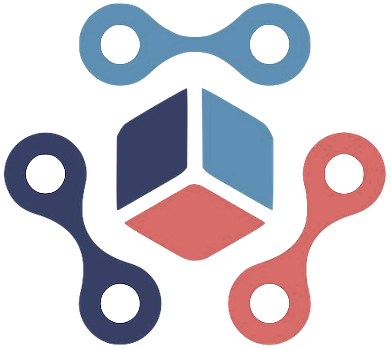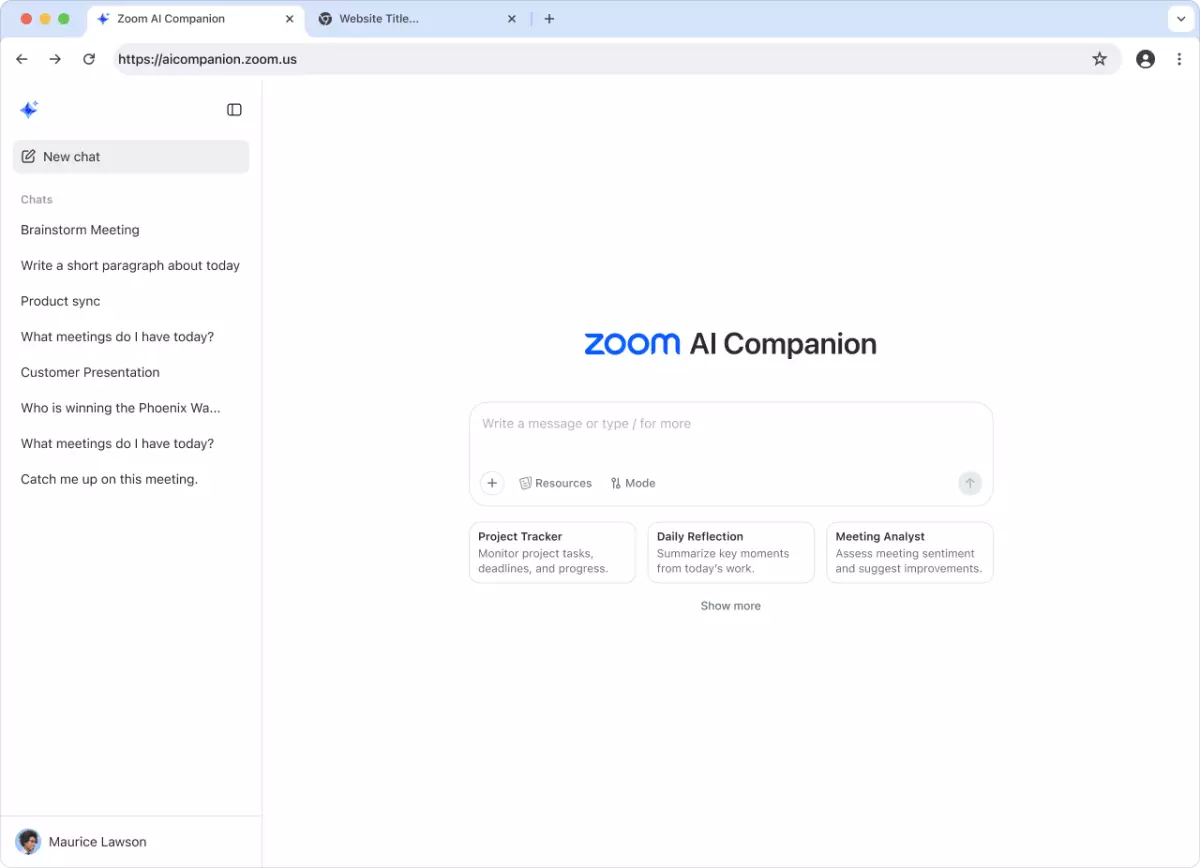Zoom’s latest product unveiling at the Zoomtopia conference signals a paradigm shift in how organizations and individuals approach digital collaboration. With its new suite of AI-enabled features, Zoom is clearly positioning itself not just as a video conferencing platform, but as an overarching productivity hub. The integration of advanced AI companions capable of working across multiple meeting applications signifies a strategic effort to stay ahead in a crowded marketplace dominated by specialized startups and tech giants alike. This move demonstrates Zoom’s recognition that the future of remote work relies on seamless, intelligent orchestration that eliminates friction and amplifies user efficiency.
Far from merely refining existing functionalities like transcription and recording, Zoom’s new offerings suggest a desire to embed AI deep into the fabric of everyday workflows. The capability to add personal notes, coupled with AI-powered scheduling and cross-platform search features, transforms the meeting experience into a dynamic, responsive environment. These innovations show an understanding that productivity tools must evolve beyond isolated features into cohesive ecosystems that anticipate user needs. It’s a bold step toward making workplace technology more intuitive, interactive, and, crucially, adaptive.
Beyond Boundaries: Cross-Application Integration and Personalization
One of the most striking aspects of Zoom’s strategy is its effort to break down platform silos. By enabling its AI companion to operate across competitors like Microsoft Teams and Google Meet, Zoom is embracing an inclusive, interoperable approach. This not only enhances user convenience, but signals a shift towards a more unified digital work environment where the focus is on function over platform loyalty. The integration of in-person note-taking and cross-platform search functions illustrates how Zoom is seeking to serve as a centralized brain for all kinds of meetings, whether virtual, hybrid, or face-to-face.
The addition of AI-generated avatars introduces an element of personalization and fun, as well as practicality. These photorealistic characters can mimic user actions, allowing for more engaging, less stressful video interactions. Yet, this feature also raises significant questions about authenticity and misuse. Deepfake risks cannot be ignored; if AI avatars can be weaponized for deception, these innovations must come with strong safeguards. That said, the potential for avatars to serve as friendly, accessible representatives for users who are camera-shy or managing multiple meetings daily is undeniable.
Redefining Meeting Preparation and Follow-Up
Zoom’s enhancements extend beyond the meeting itself into the broader ecosystem of scheduling and prep. The AI-driven suggestions for tasks, agenda items, and the ability to locate suitable time slots across calendars represent a proactive approach to managing the chaos of modern schedules. Features like “free up my time” requests demonstrate an awareness of the need to optimize time management—a critical aspect of remote work fatigue.
Furthermore, the introduction of asynchronous tools like Zoom Clips and AI avatars to greet participants in waiting rooms signifies an effort to bolster engagement even before a meeting officially begins. These features resonate deeply in a world where remote work often suffers from engagement gaps. By leveraging AI for real-time translation and document drafting, Zoom is not merely streamlining tasks but actively transforming the nature of digital interaction into something more natural, more human, and more productive.
The Promise—and Peril—of Deep AI Integration
Zoom’s ambitious push into custom AI agents, higher-quality video capabilities, and integrated content management underscores a bold vision of a smarter, more flexible platform. The ability to create tailored AI assistants compatible with the Model Context Protocol (MCP) hints at a future where corporate environments are powered by intelligent co-workers embedded within existing workflows.
However, this AI arms race is not without its perils. The deployment of photorealistic avatars and real-time translation tools open Pandora’s box of privacy, security, and ethical concerns. The specter of misuse—deepfakes, impersonation, and misinformation—is an ever-present risk that Zoom must carefully guard against. While these features are undeniably impressive and have the potential to revolutionize remote collaboration, their true success will depend on thoughtful implementation and robust safeguards.
In essence, Zoom’s latest innovations are a testament to the company’s ambition to redefine what a modern collaboration platform can be. They reflect a willingness to push technological boundaries—sometimes at the risk of overreach—yet they undeniably chart a course toward a more integrated, intelligent future. Whether these features will become the new standard or fade in the face of ethical challenges remains to be seen, but one thing is clear: Zoom is not resting on its laurels; it is fighting to lead the next era of work technology.

